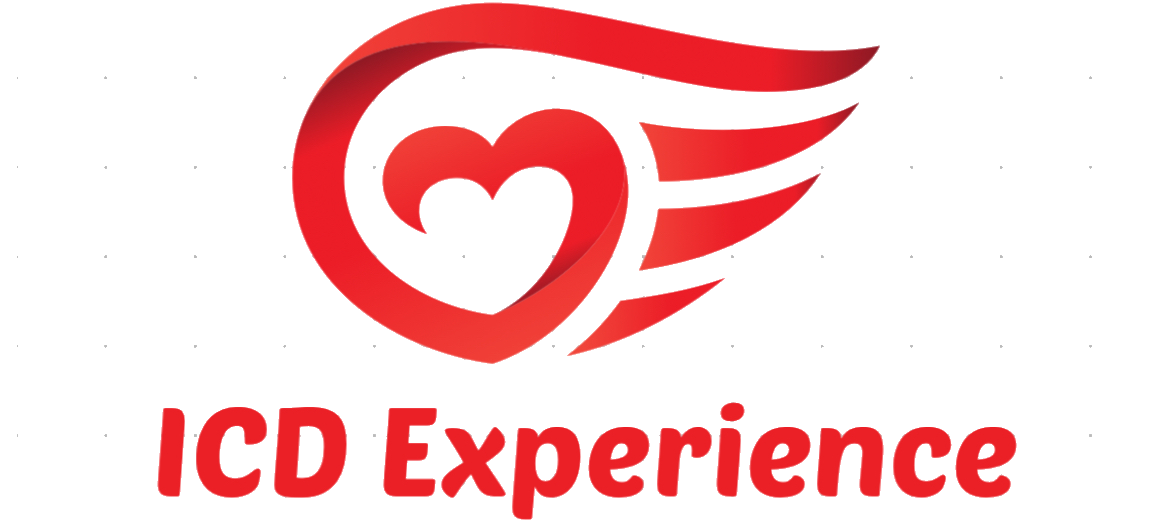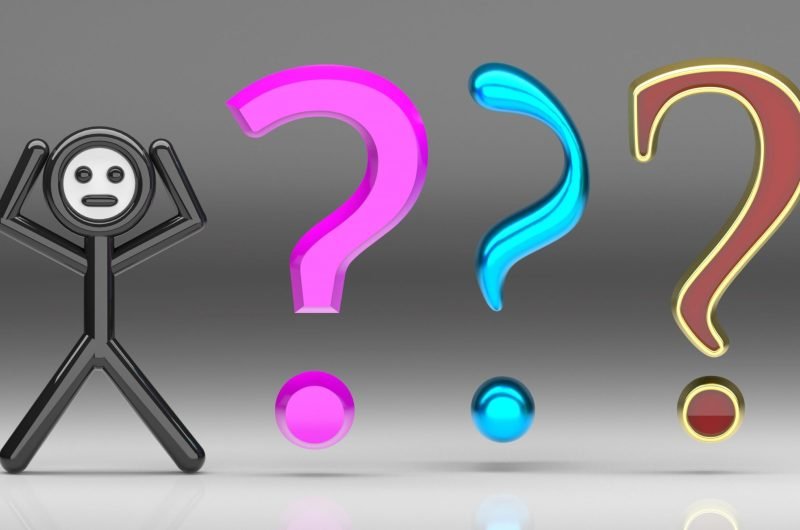Let’s be honest—talking about death isn’t anyone’s favorite topic. But when you live with an Implantable Cardioverter Defibrillator (ICD), it’s a smart and compassionate conversation to have.
What happens when you die with an ICD? It’s a question that many people with implanted defibrillators—and their families—don’t think about until it’s too late. An Implantable Cardioverter Defibrillator (ICD) can save your life during a cardiac emergency. But when the end of life approaches, that same life-saving device can create unexpected issues.
In this article, we’ll explain how ICDs behave after death, why deactivation matters, and what to consider for burial or cremation. We’ll also guide you through how to plan ahead so you and your loved ones have peace of mind. Understanding this process is just as important as the device itself.
Understanding Your Device: What an ICD Does
An ICD is a small electronic device implanted under the skin. It monitors your heart rhythm and delivers a shock if it detects a dangerous arrhythmia, such as ventricular fibrillation. That shock helps restore a normal heartbeat and prevent sudden cardiac arrest.
But an ICD doesn’t automatically shut off when you die. It continues to sense and respond to heart signals. If your heart stops but still emits weak or erratic signals, the ICD may deliver shocks—even though they no longer serve a purpose. That’s why knowing what happens when you die with an ICD is critical, especially during end-of-life planning.
Also read: Caregiver Perspectives
ICD Deactivation at End of Life
Why Deactivation Matters Before Death
As a person nears the end of life, especially in cases of terminal illness or hospice care, an ICD can cause pain and distress. Its shocking function may attempt to “rescue” a heart that is shutting down naturally. This can lead to involuntary muscle movements, adding stress for family members witnessing the final moments.
ICD deactivation at end of life prevents this. It stops the defibrillator from delivering shocks, allowing a peaceful and comfortable death.
The process is simple and non-invasive. A healthcare provider uses a wireless programmer to turn off the shock function. It doesn’t require surgery or anesthesia. If the ICD has a pacemaker, it may remain active depending on the patient’s wishes.
➡️ Heart Rhythm Society offers official guidelines on device deactivation.
What Happens When You Die With an ICD and No Deactivation?
If an ICD remains active at the time of death, it might deliver shocks even after the person has passed. While rare, this can cause twitching or jerking movements. These are not signs of life, but they can alarm or confuse loved ones.
This situation usually occurs when death is unexpected and no plan was in place. Hospitals and care teams often recommend turning off the ICD once death is confirmed to prevent these involuntary actions.
Knowing what happens when you die with an ICD helps families make informed decisions and avoid emotional distress.
Planning for Cremation: Remove the ICD First
If cremation is part of your or your loved one’s final wishes, removing the ICD is essential. During cremation, temperatures rise above 1,400°F. Lithium batteries in ICDs can explode under extreme heat, creating a serious safety risk for crematory staff.
Funeral homes typically handle the removal before cremation. They work with medical professionals to safely extract and dispose of the device. This is a routine process and usually doesn’t delay arrangements. But it’s important to inform the funeral home if the deceased had an ICD or similar device.
➡️ Learn more from the National Funeral Directors Association.
What Happens When You Die With an ICD and Choose Burial?
If burial is chosen instead of cremation, the ICD may remain in place unless there’s a specific reason for removal. Some families decide to take out the device for recycling or donation.
Organizations like My Heart Your Heart collect and refurbish ICDs for use in underserved countries. These devices, though no longer used in the U.S., can provide life-saving therapy abroad. Recycling your ICD gives it a second life and helps others access essential care.
Also Read about icd experience.
Creating an Advance Directive for ICD Management
One of the best ways to prepare for the future is to document your wishes through an advance directive. This legal document outlines your preferences for medical care, including whether your ICD should be deactivated when you approach the end of life.
In addition to medical instructions, it may include:
-
Burial vs. cremation preferences
-
Instructions about removing and donating the device
-
Emergency contact information for your cardiologist
Talk with your doctor, family, and a legal advisor to make sure your wishes are clear.
Talking With Loved Ones About Your ICD
Discussing death isn’t easy, but it’s essential. If you live with an ICD, let your family know what you want when the time comes. These conversations ensure everyone is on the same page and reduce stress during emotionally charged moments.
Start with these questions:
-
Do you want your ICD deactivated near the end of life?
-
What are your preferences for funeral planning?
-
Would you like to donate or recycle your device?
Let them know that planning for what happens when you die with an ICD is an act of love, not fear.
Also read: How Does an ICD Differ from a Pacemaker?
Final Thoughts
Living with an ICD offers peace of mind and protection. But that peace should extend to the final chapter of life as well. Understanding what happens when you die with an ICD helps you plan for comfort, dignity, and safety. Whether you choose to deactivate your ICD in hospice, remove it before cremation, or recycle it for others in need, your choices matter. They reflect your values, protect your family from confusion, and ensure that your final moments are handled with care. Make the conversation easier by including your preferences in legal documents, discussing options with your doctor, and informing your loved ones in advance.
This kind of planning doesn’t take away hope—it adds clarity, comfort, and confidence to every heartbeat, right to the very end.
Have a story to share? Drop a comment or reach out — we’d love to hear how you or someone you love is living strong with an ICD.
For more in-depth insights, check out my book “Understanding ICD Implants: A Comprehensive Guide.”












